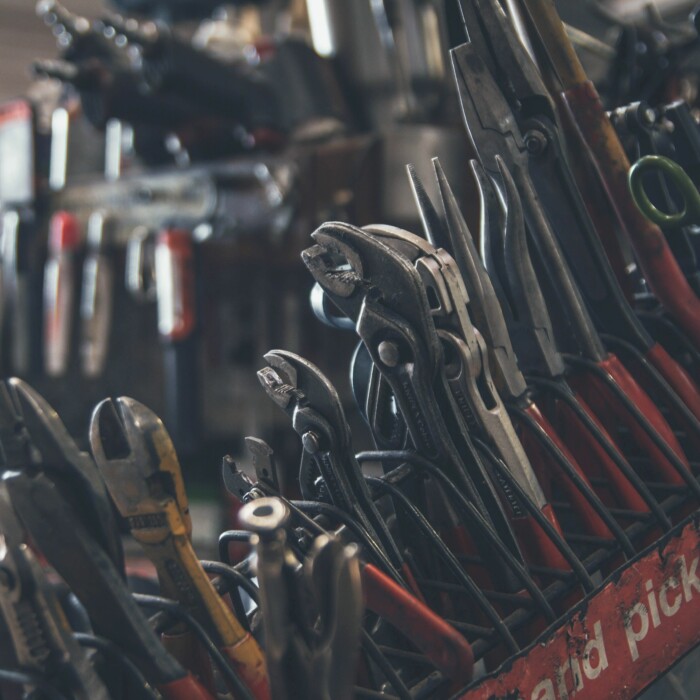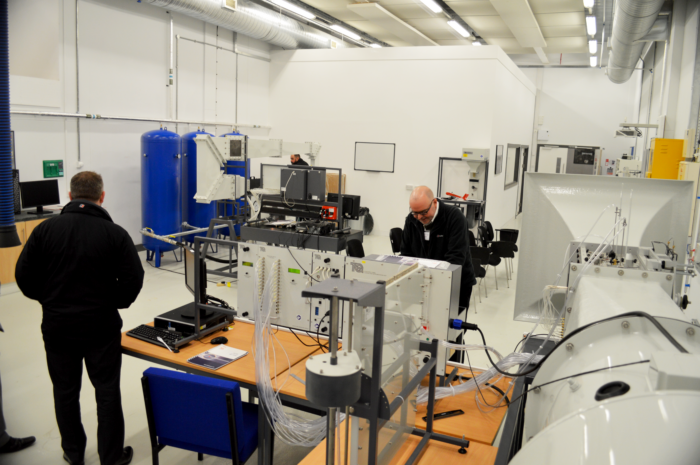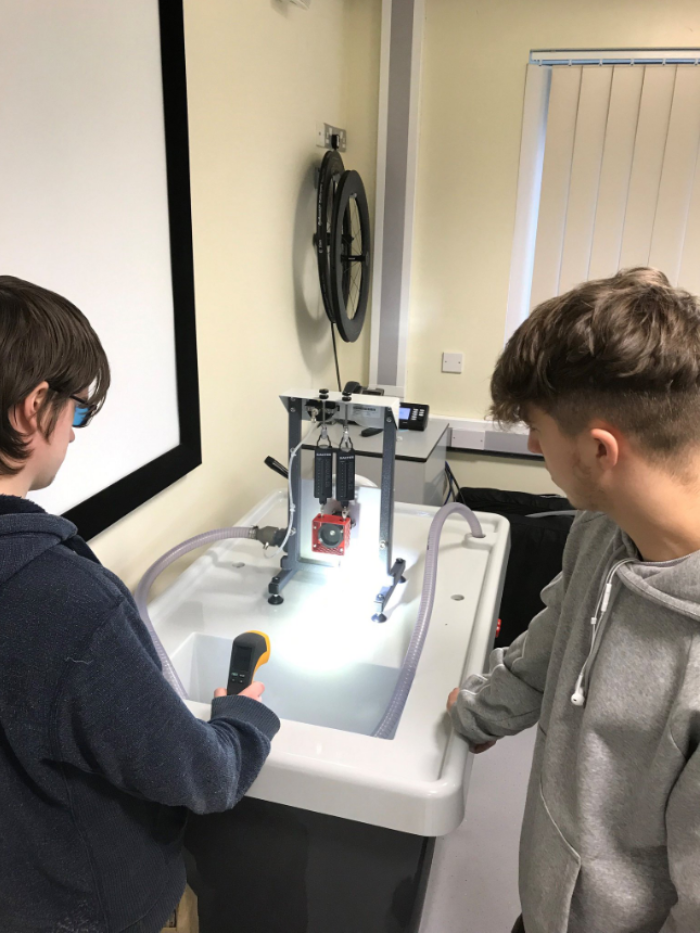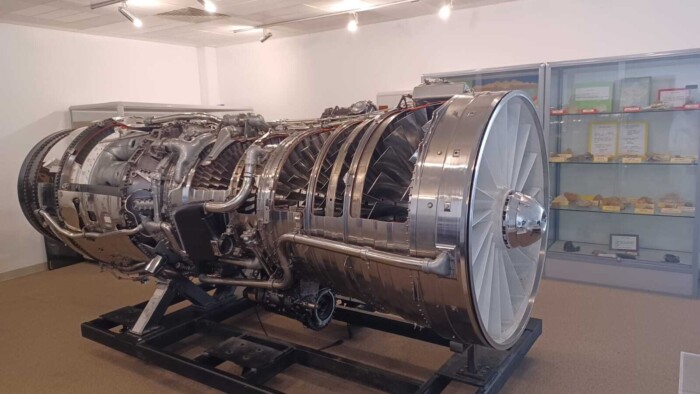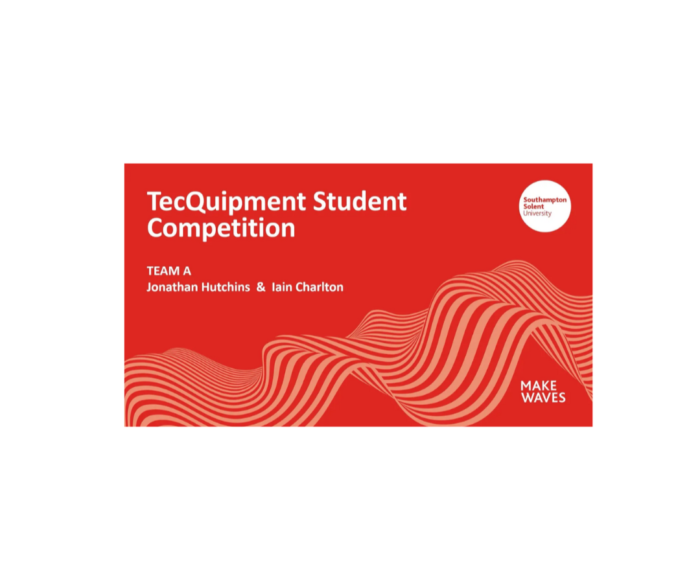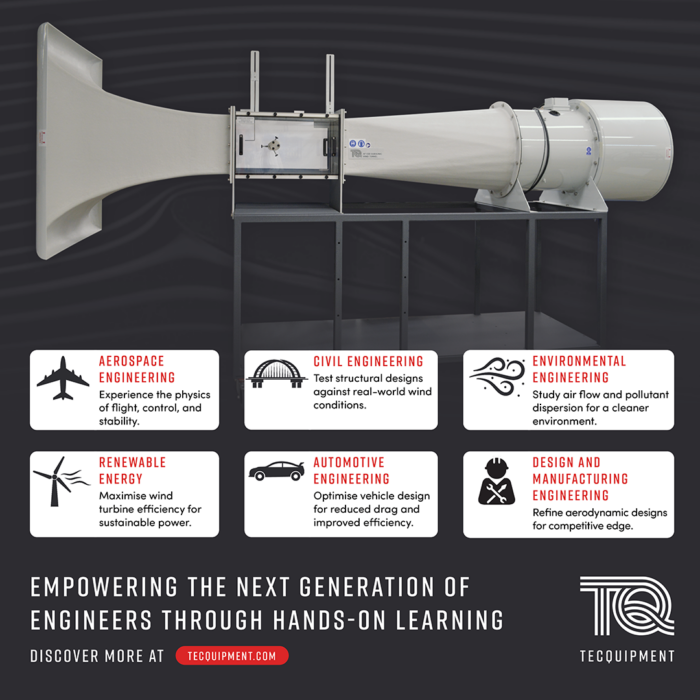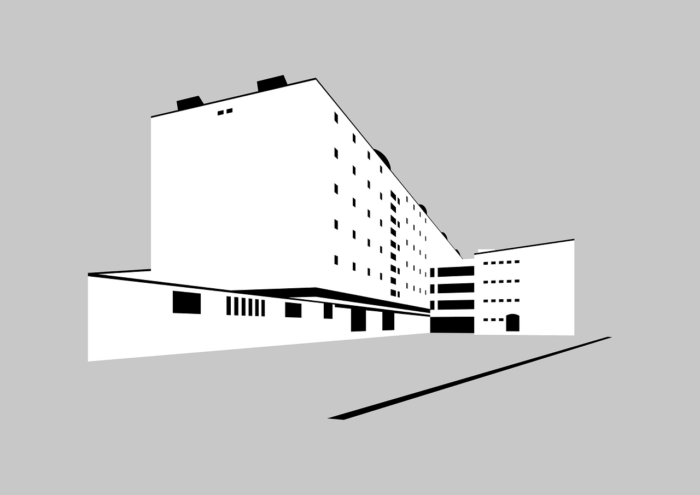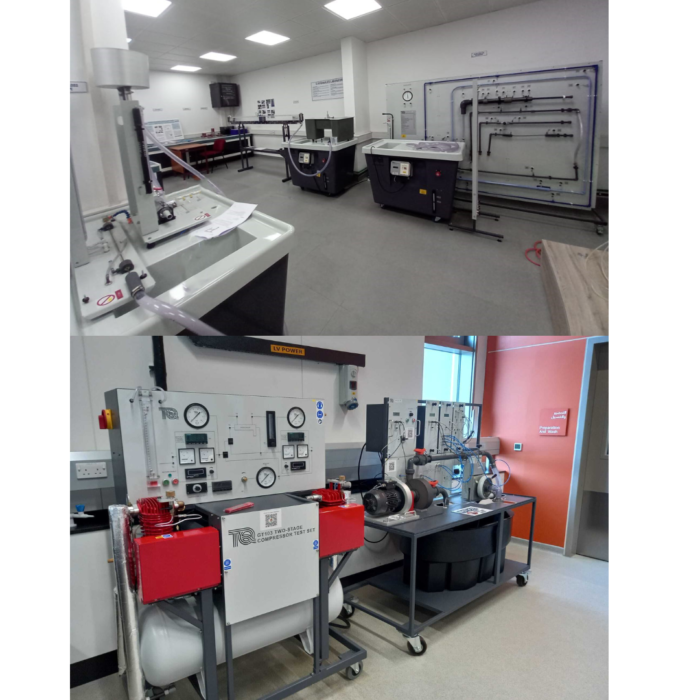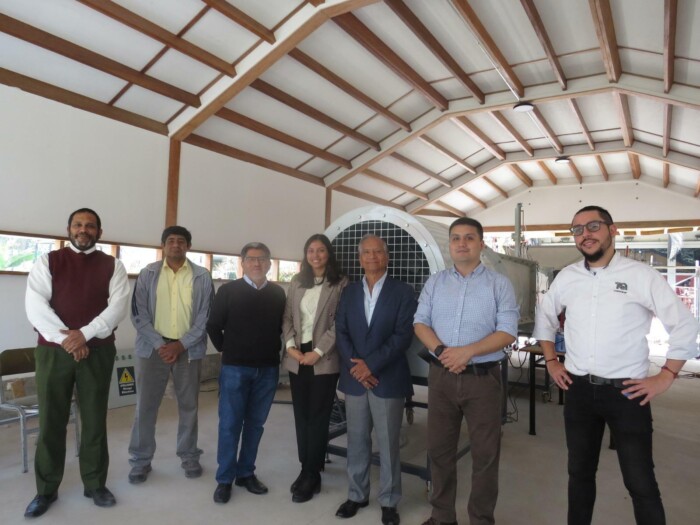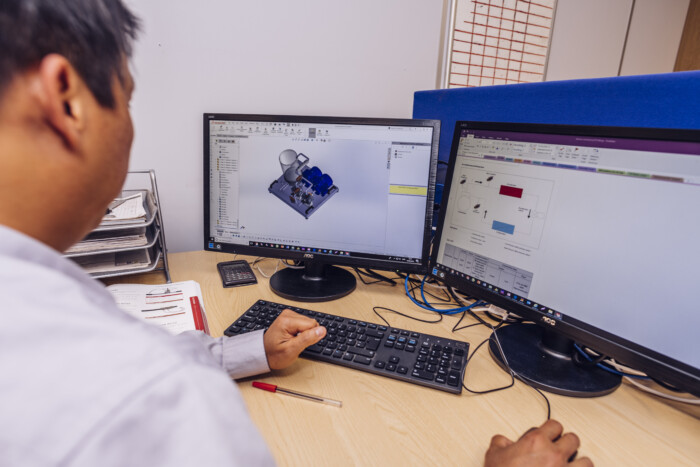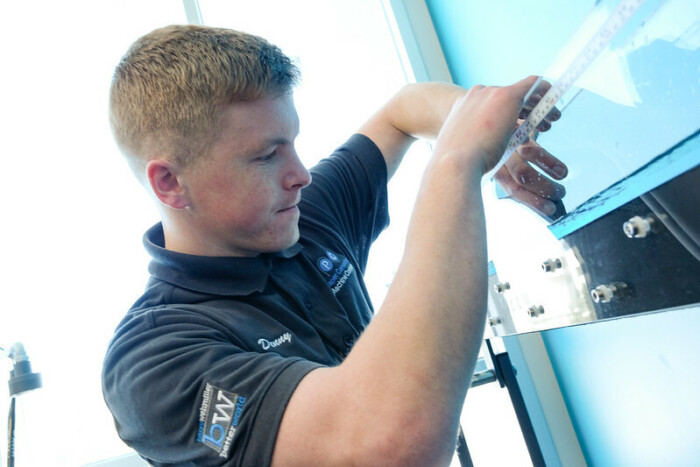General Apparatus
1. Power - Make sure your experiments are powered down locally
- Also, make sure the mains power supply is isolated at the wall, could be a switch or isolator
- Battery – any product or device that is battery operated, make sure that this is switched off to prolong the battery life.
- Example: a Mitutoyo Gauge battery life will shorten very quickly if left turned on.
2. Load - Make sure you remove any loads from your experiment/apparatus:
- Any load applying items should be relaxed such as hand wheel, thumbscrews, or load cell.
- It is good practice to remove any load from load cells prior to storage.
- Example 1: relax load cells (Pin-Jointed Frameworks STS8, Additional Load Cell STS8A, Redundant Truss STS17, Tensile Tester Kit ES6 etc.)
- Example 2: remove any weights (Shear Force in a Beam STS3, Bending Moments in a Beam STS2, Calibration of a Bourdon Pressure Gauge H3A, Suspension Cable Demonstration STF2, Creep Testing Machine SM1006, and Beam Apparatus SM1004 etc.)
- Example 3: unwind hand wheel or thumbscrews (Bench Top Tensile Testing Machine SM1002, Rockwell Hardness Tester SM1015 MKIII, Torsion Testing Machine SM1001, Thin Cylinder SM1007, Thick Cylinder SM1011 etc.)
- Ranges covered: Theory of Machines, Thermodynamics, Fluid Mechanics, Structures, Static Fundamentals, and Engineering Science
3. Water - Make sure you drain water from the experiments
A. General
- Any hydrology product, especially the Hydraulic Benches, need to be completely drained and flushed with water to remove any dye and cleaned.
- Example: if water is left inside the Hydraulic Bench (H1F) for a prolonged period the water will become stagnate which can lead to a health hazard.
B. Reservoirs
- Any apparatus with a reservoir should be drained.
- Where there is a drain valve use this and a length hosepipe to drain.
- If there is an on-board pump you may also wish to use this to pump the majority of the water out, but be careful not to let the pump run dry.
- Take this opportunity to rinse through and drain with fresh water to remove any stains, debris and sludge.
C. Flumes and Flow channels
- Empty and flush out with clean water where possible.
D. Manometer
- Any manometer needs to be completely drained and flushed especially if dye is used.
- Example: if water or dye is left this will leave tidemarks on the equipment.
- *DO NOT BE TEMPTED TO USE COMPRESSED AIR TO DRAIN WATER. This can have a catastrophic effect on pressure valves, glass wear, manifolds etc.
- **DO NOT FLUSH WITH WATER OVER 1 BAR PRESSURE
4. Thermal
A. Heat Exchangers (TD1360A, B, C, D, E)
- It is important to drain the fuel lines and fuel tanks.
- It is important to drain water. The nature of the valves on the heat exchangers mean without intervention water will remain inside them.
- To do this use the nib of a pen or pencil on the inside of the connector to apply a little pressure to the spring-loaded valve to drain it of water. There will be some moisture left and they will fog up a little with condensation, but this is normal.
B. Engines
- It is important to drain the fuel lines and empty the fuel gauges.
- Example: Not draining the fuel will leave tidemarks in the fuel pipes and fuel gauge.
C. Aero
- Any aerodynamic models, but those especially with tappings should be covered to protect from dust and dirt.
- Examples: Three-Dimensional Drag Models (AF1450J), NACA0012 Aerofoil with Tappings (AF1600B), Winglets and End Plates (AF1300Q), Set of 2 NACA0012 Aerofoil Models (AF1300D), Cylinder Model (AF1300A) etc.
- It is good practice to put a dust cover over the working section.
View our helpful video that talks you through decommissioning your laboratory equipment for the holiday.
Specific Apparatus
1. Thermal Power Plant with Steam Engine Trainer (TD1050)
- It is imperative to drain the boiler of water and introduce oil into the engine cylinder.
- Remove the bleed screws and pour or syringe in oil.
- It is a MUST to soak the cylinders and top of the pistons with oil.
- Keep adding in the oil until it overflows and turn the flywheel to ensure the internal elements mentioned above are covered.
View our helpful video about making your Thermal Power Plant TD1050 last longer by decommissioning it for the Holidays
2. Small Engine Test Set (TD200)
- It is important to get any excess fuel out of the fuel lines.
- Over time, fuel deteriorates which can leave a residue in the carburettor.
- There is a drain screw on the carburettor float valve where residue will form if not drained.
- It is worth noting the water driven dynamometer drains water naturally, requiring no intervention.
View our helpful video that goes through the best tips of keeping your small engine test set working it's best, by decommissioning it when not in use.
About this article
We hope you found this top-level guide to decommission apparatus useful. Please refer to your product manual/user guide or contact the TecQuipment Customer Care Team (customer.care@tecquipment.com) if you should need any further advice or assistance.
This top tips talk has been developed with support from Dave and Ricardo TecQuipment’s in-house Installation Training and Commissioning Managers who have brought together the most common problems that occur when engineering lab equipment have not been properly looked after. Helping you protect your product investments and expanding their lifespan to ensure more future generations of engineers can use and benefit from your product purchases.
(Last updated November 2025)

